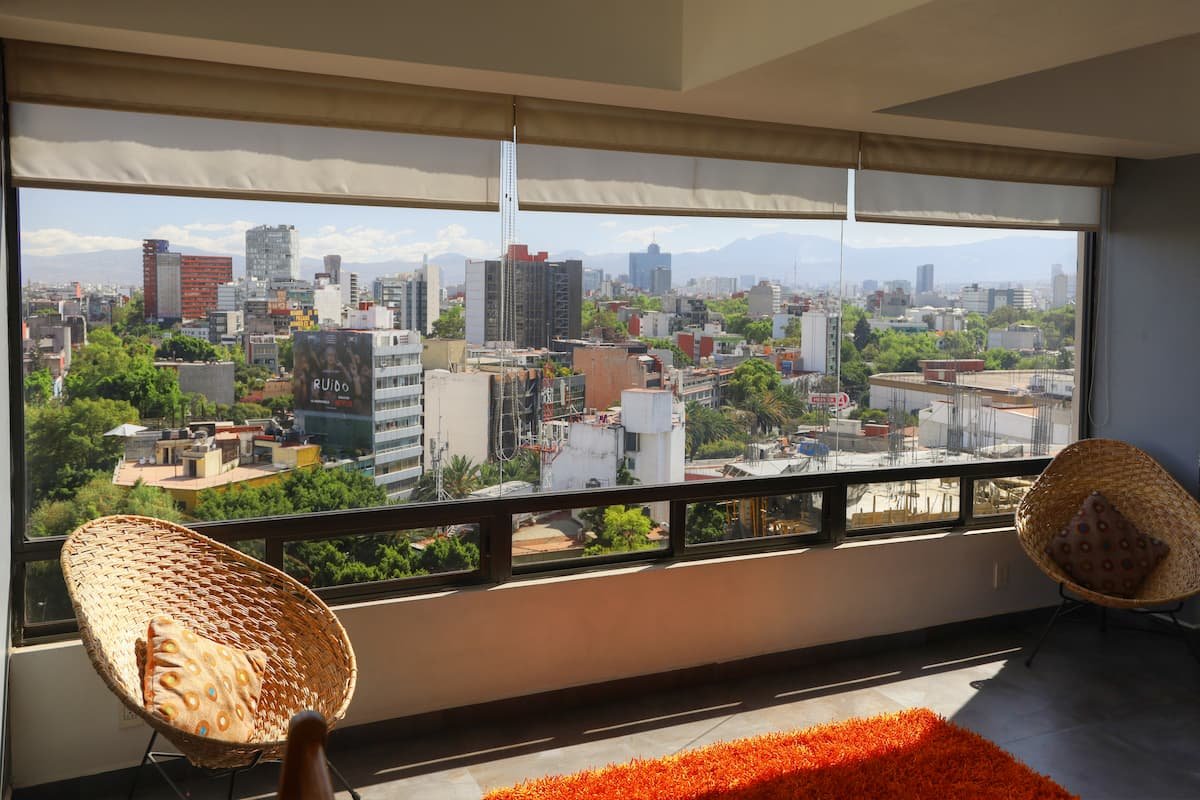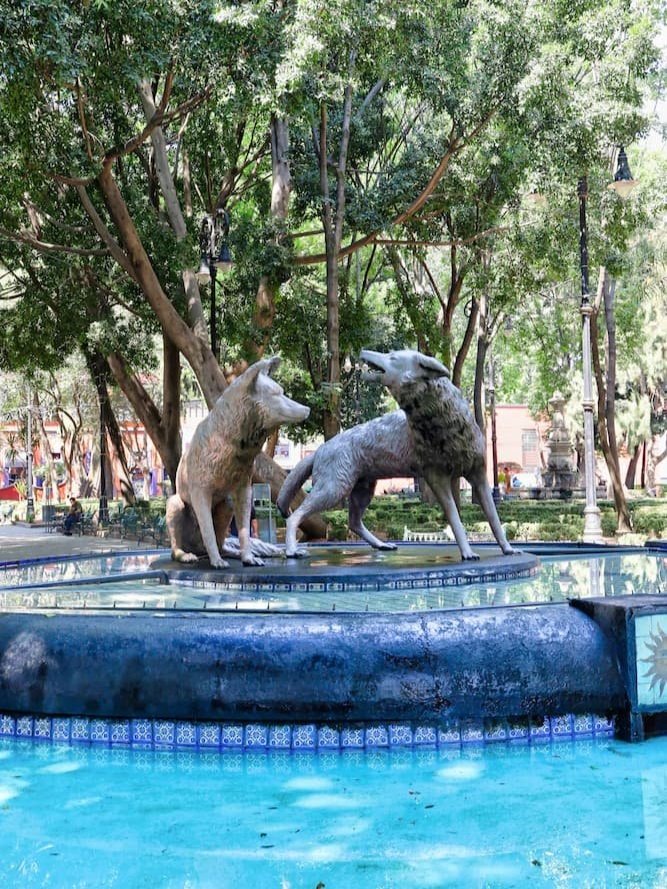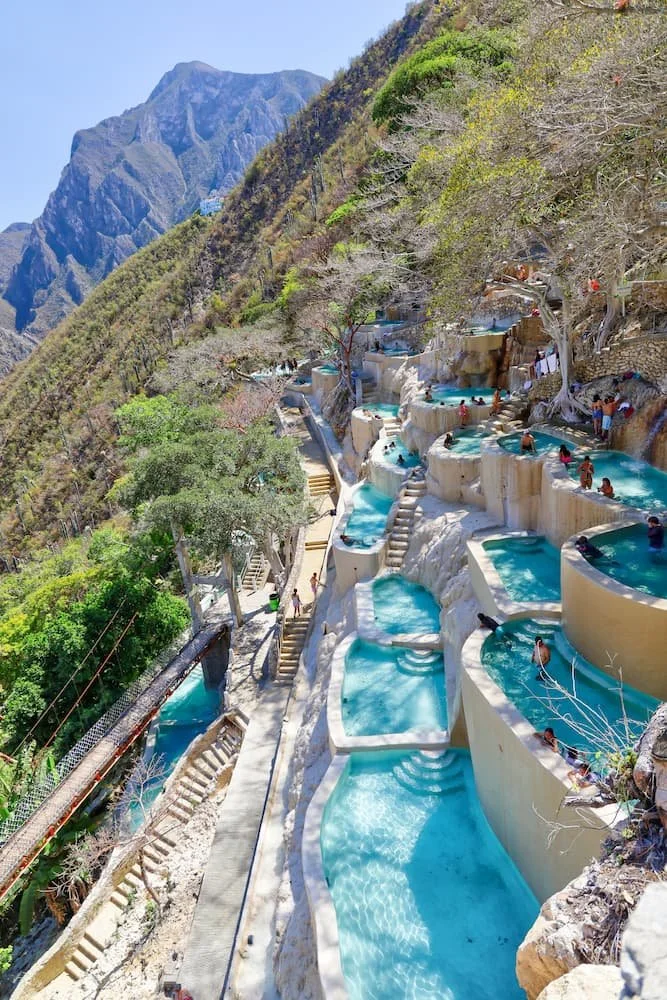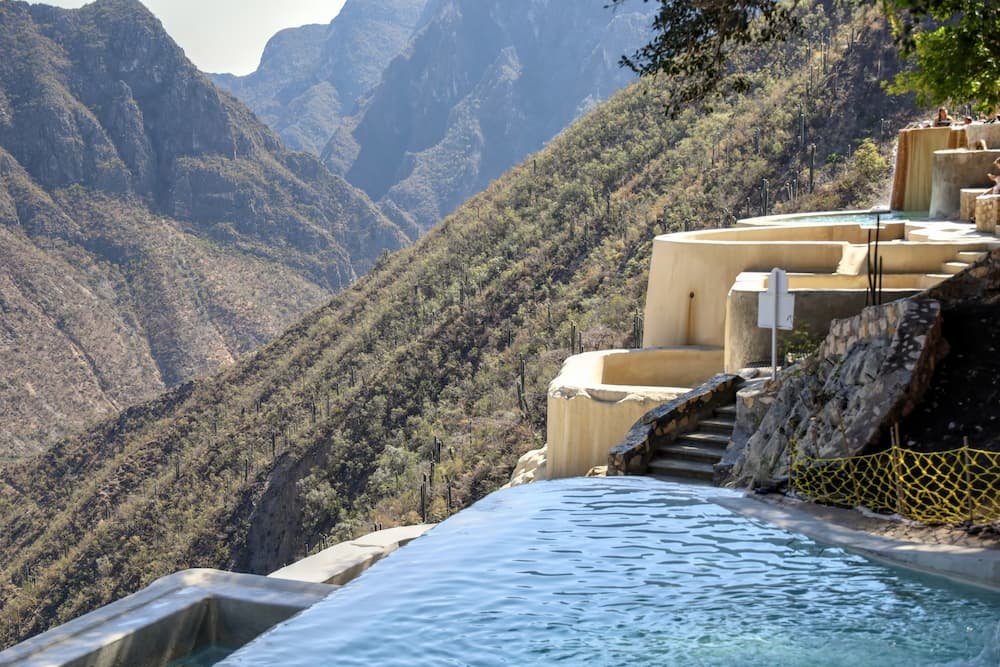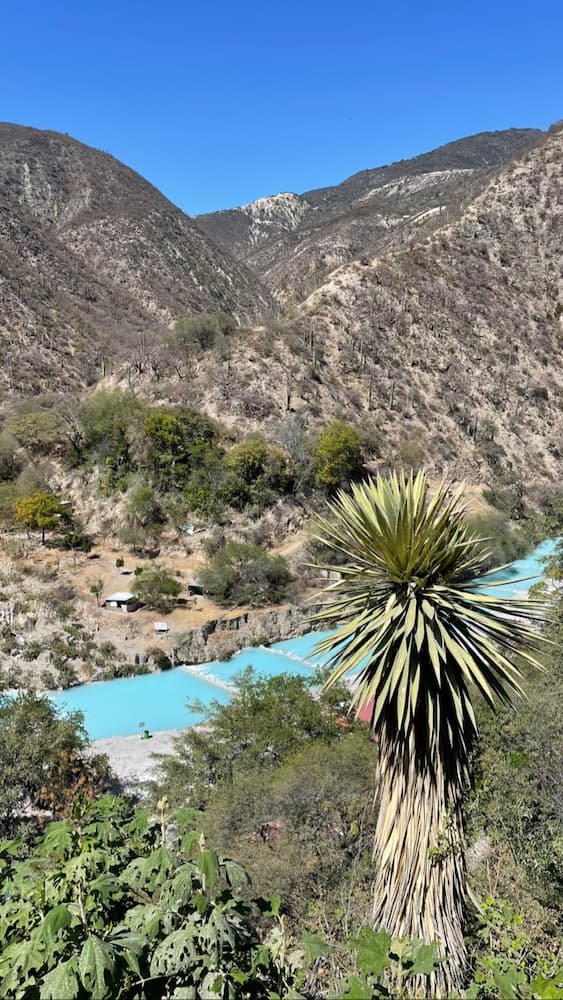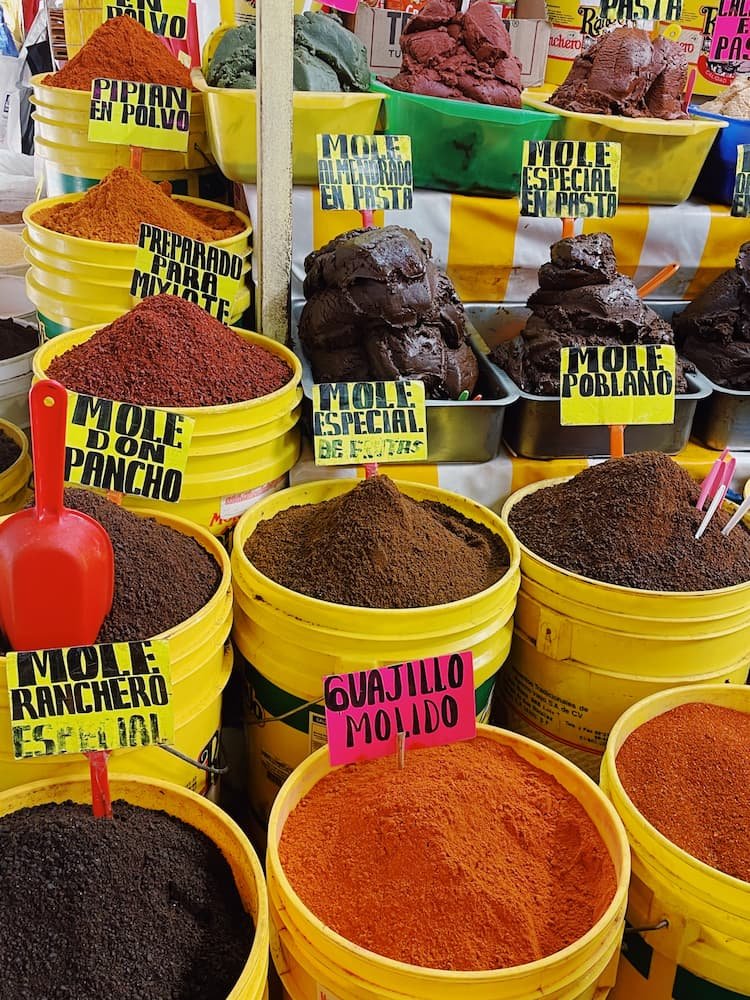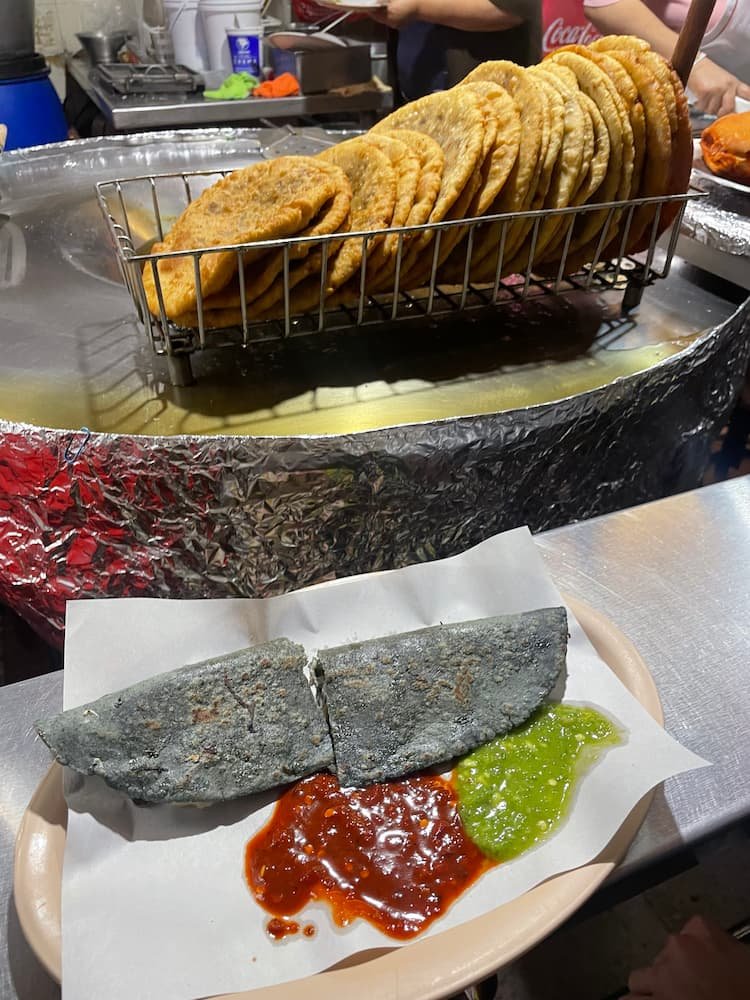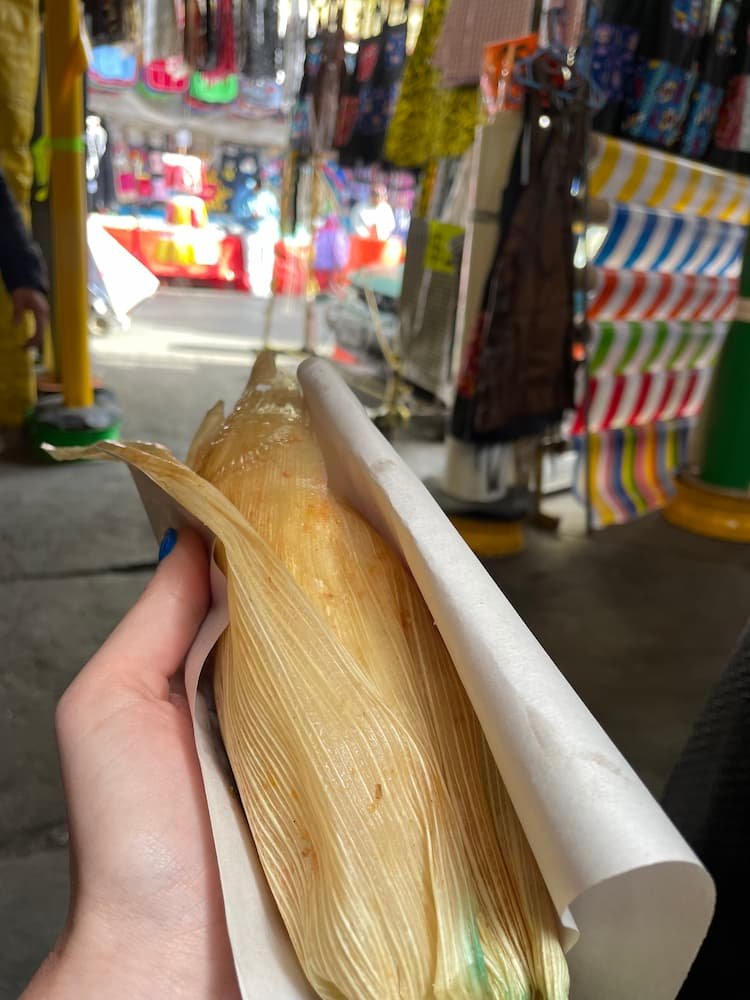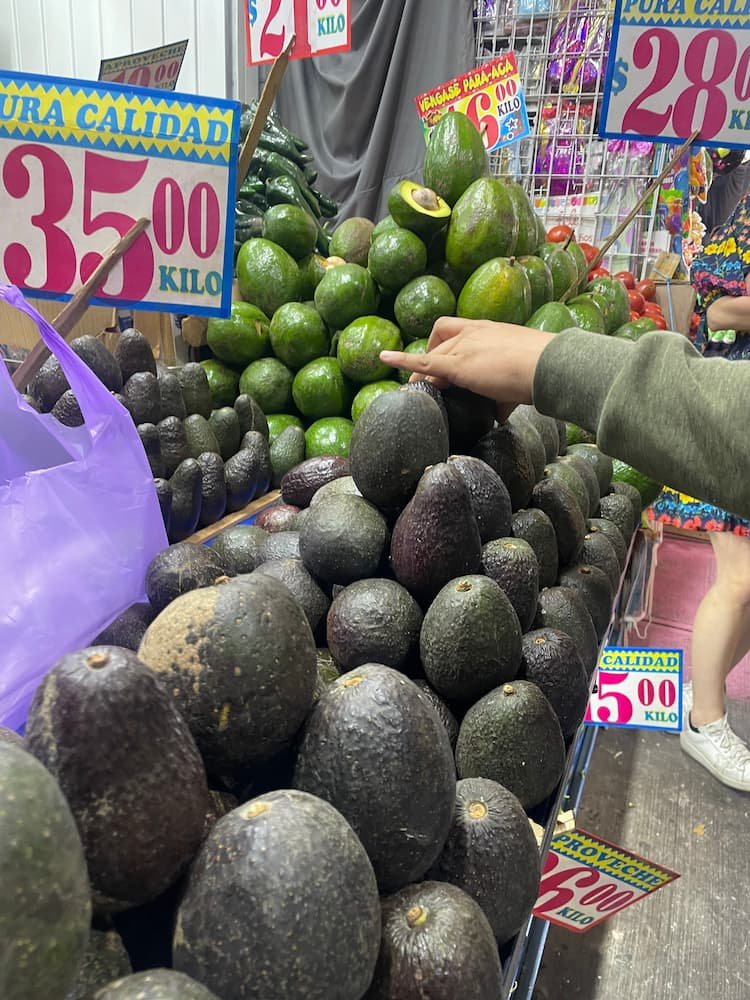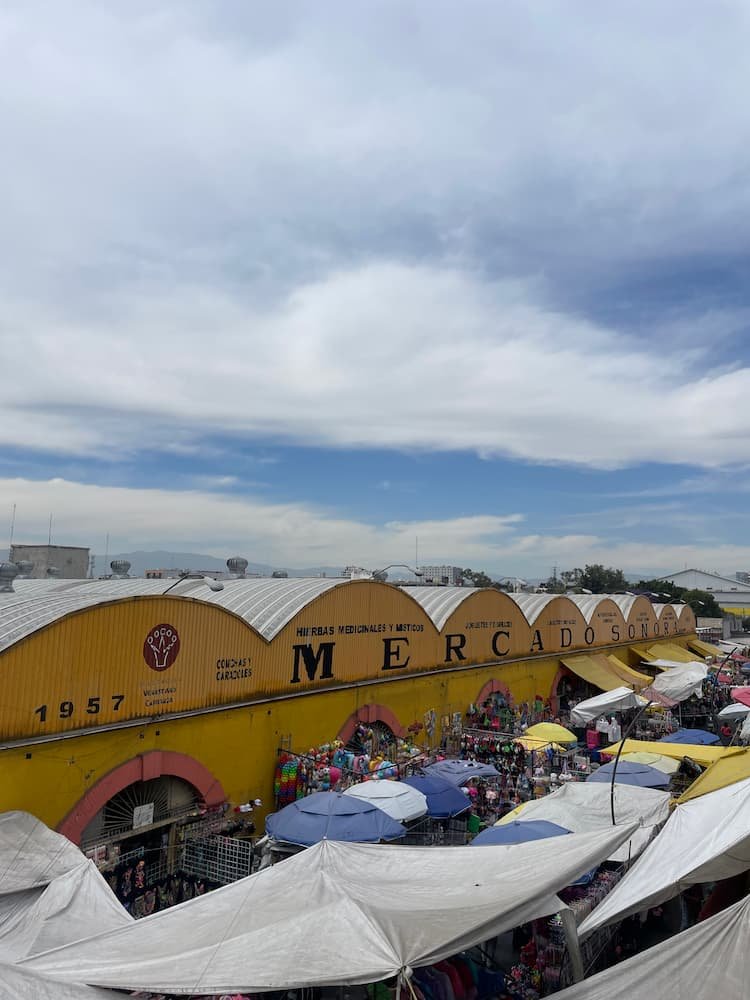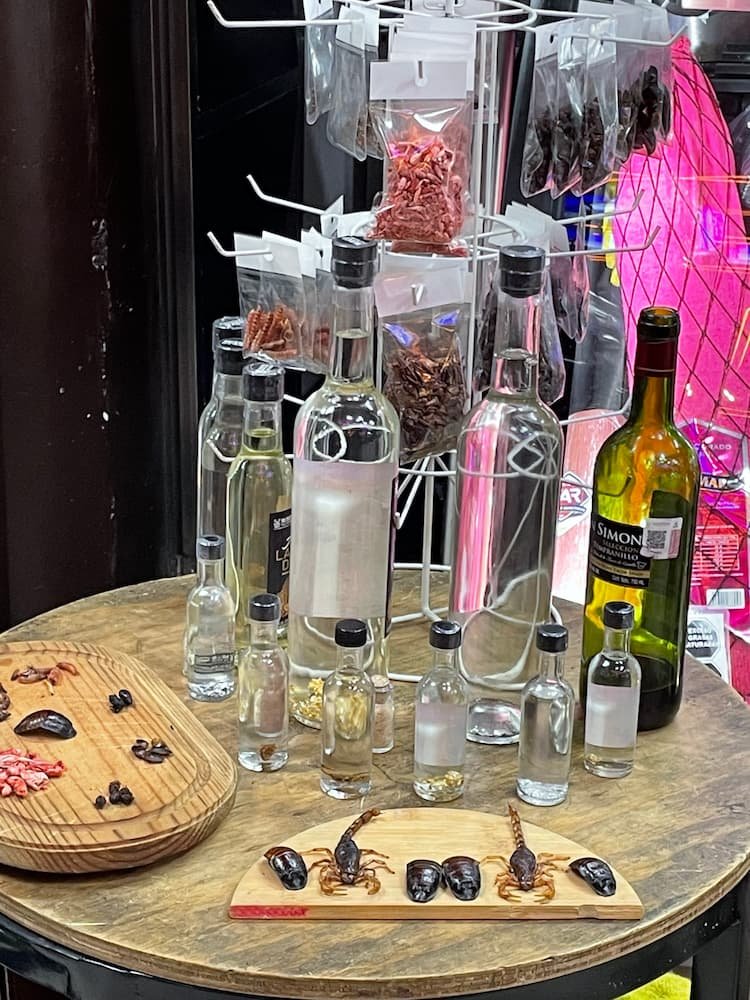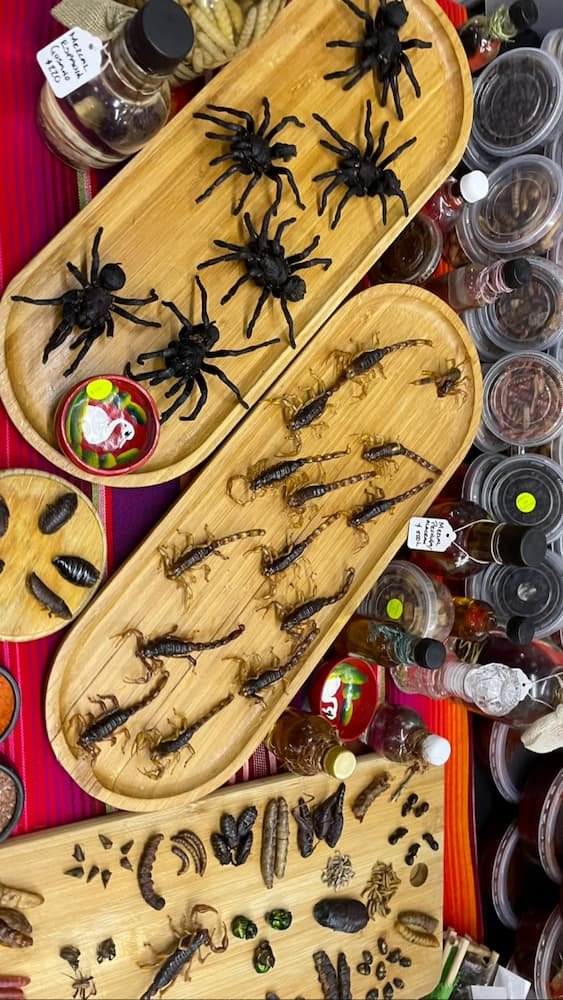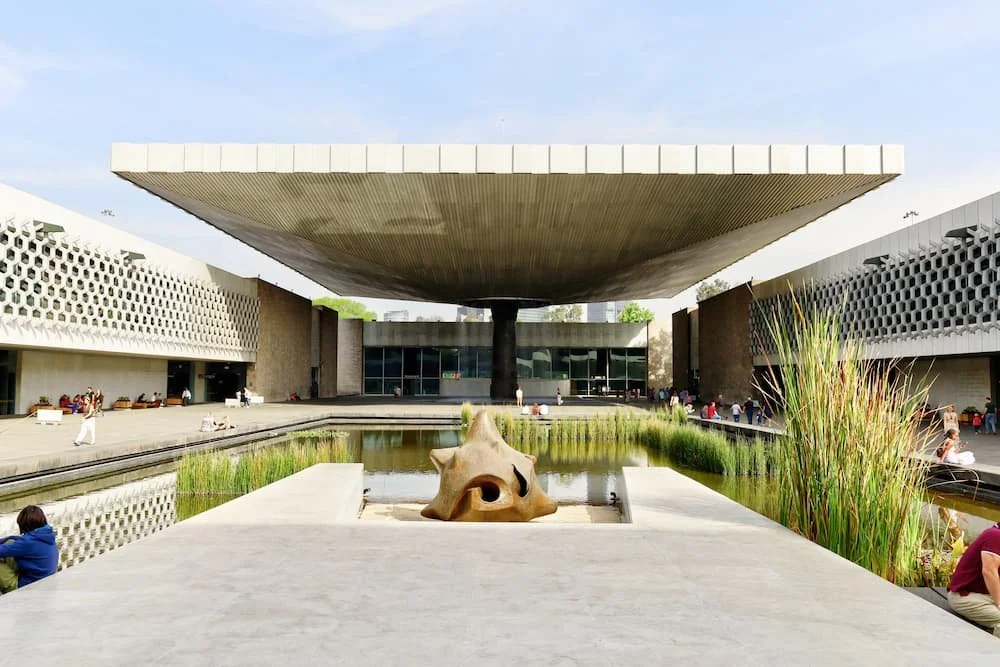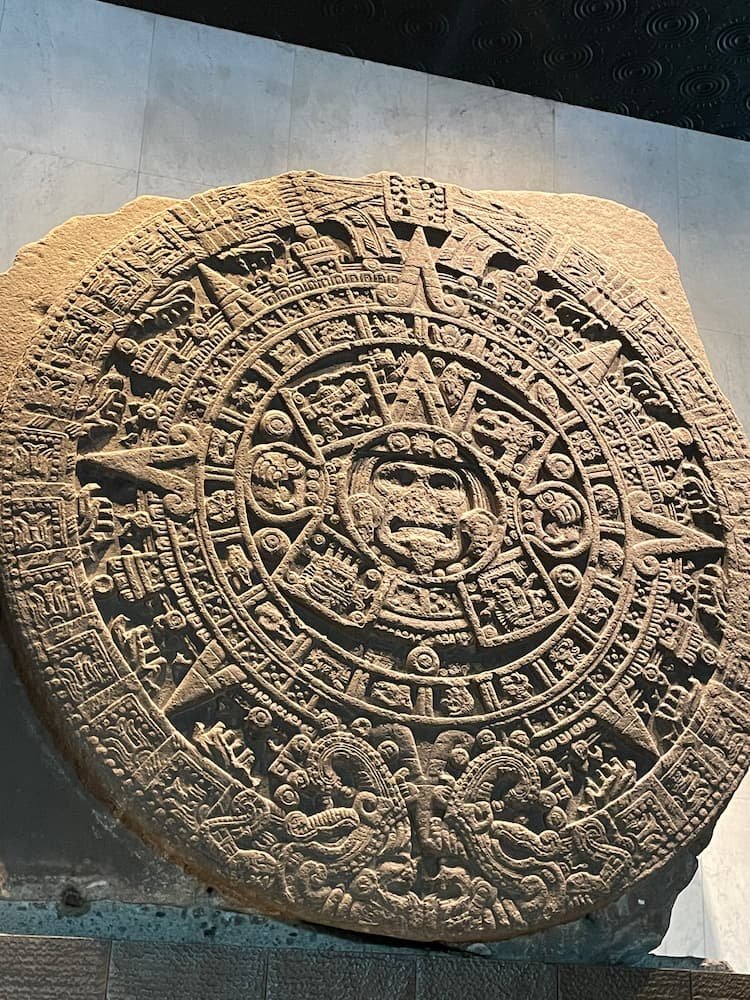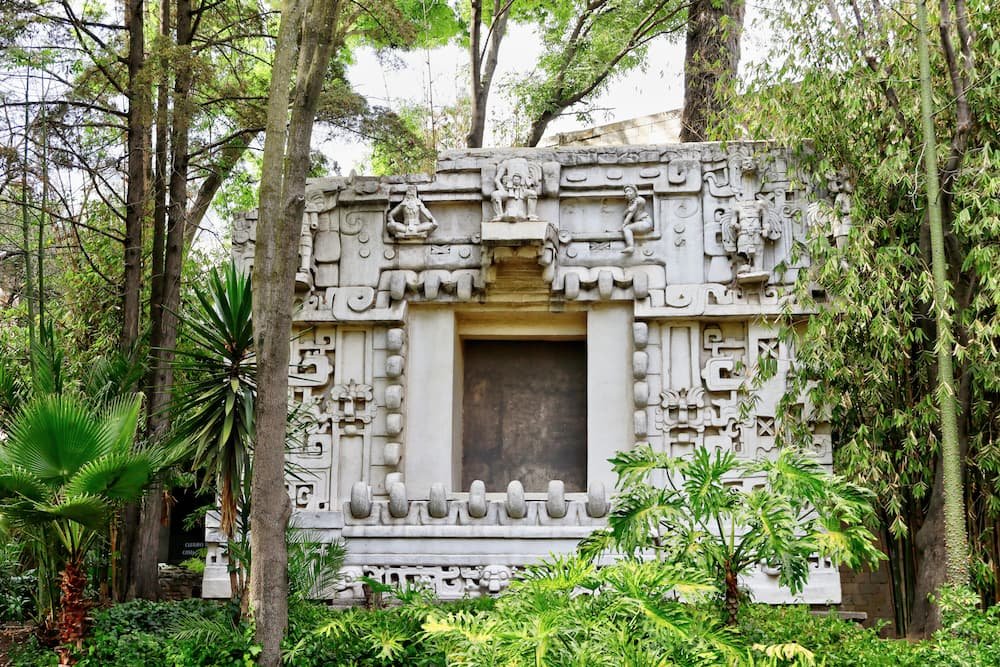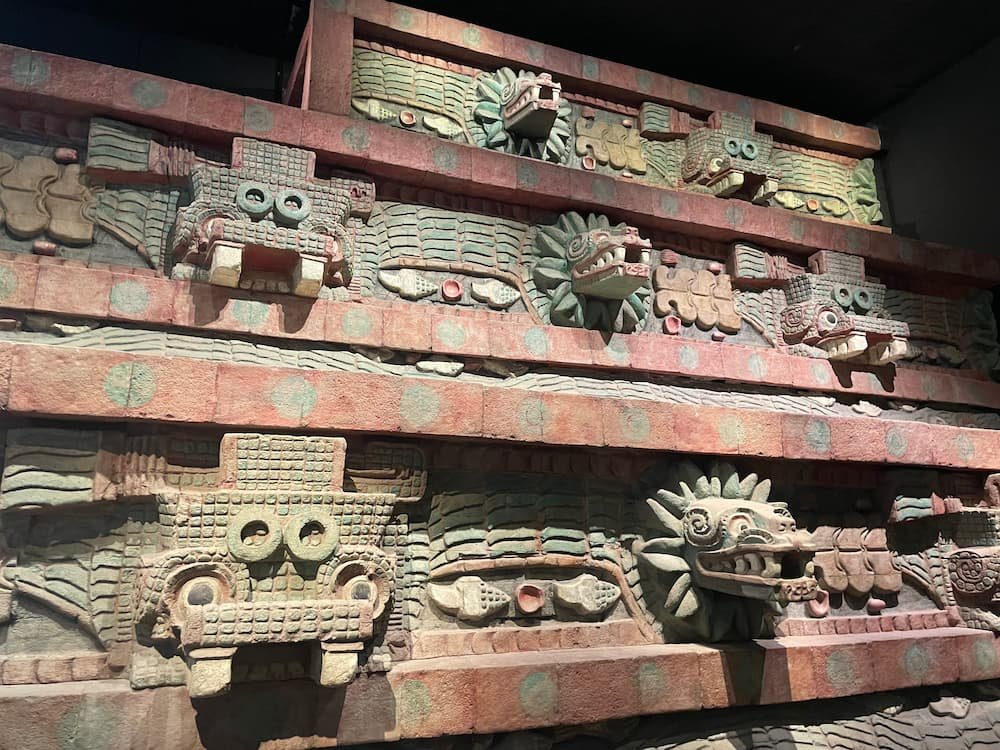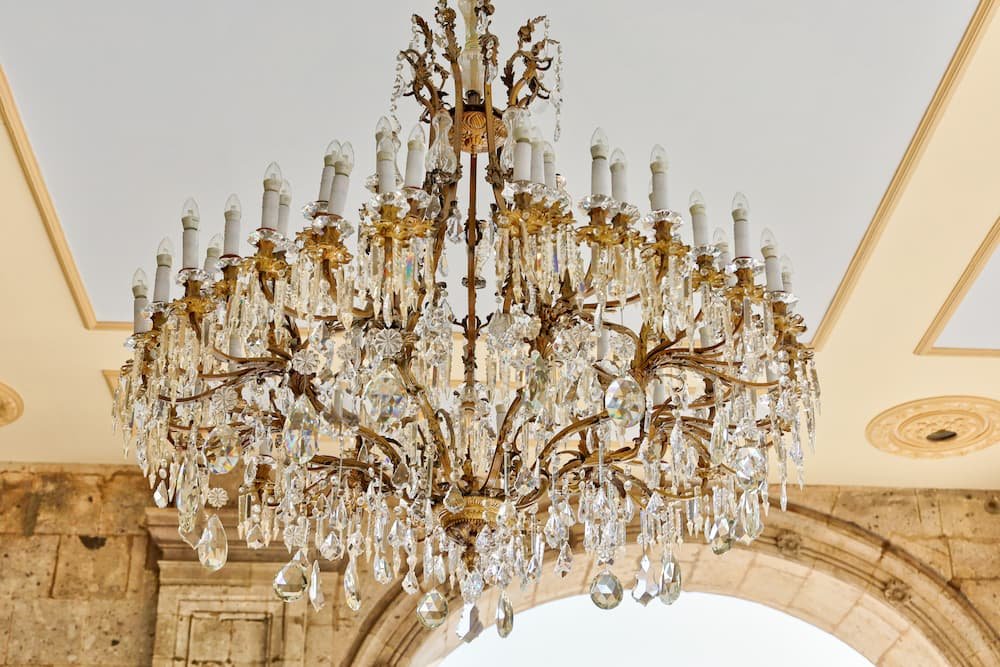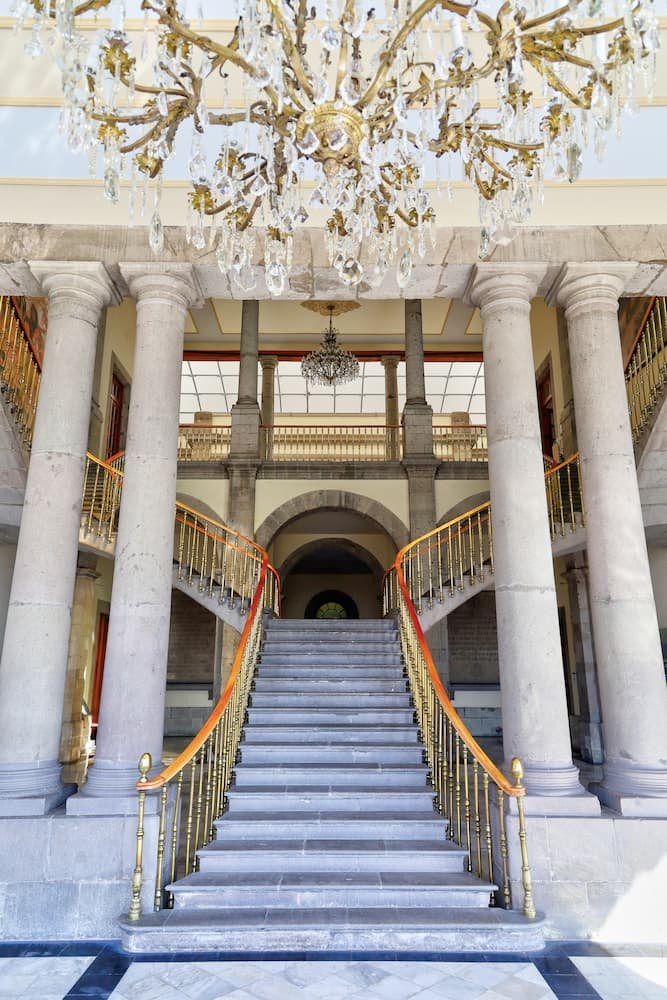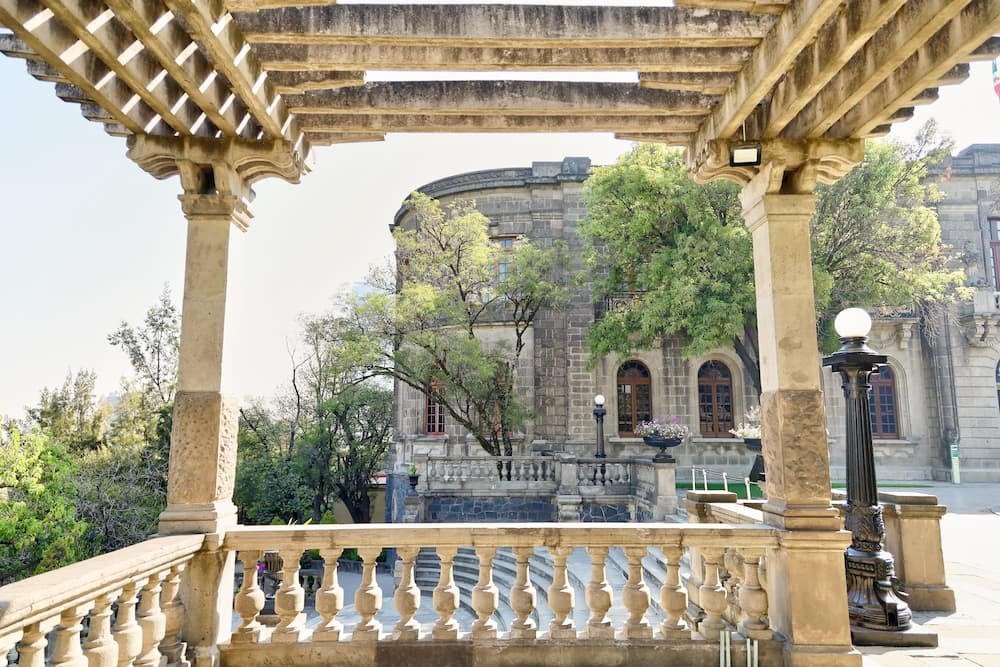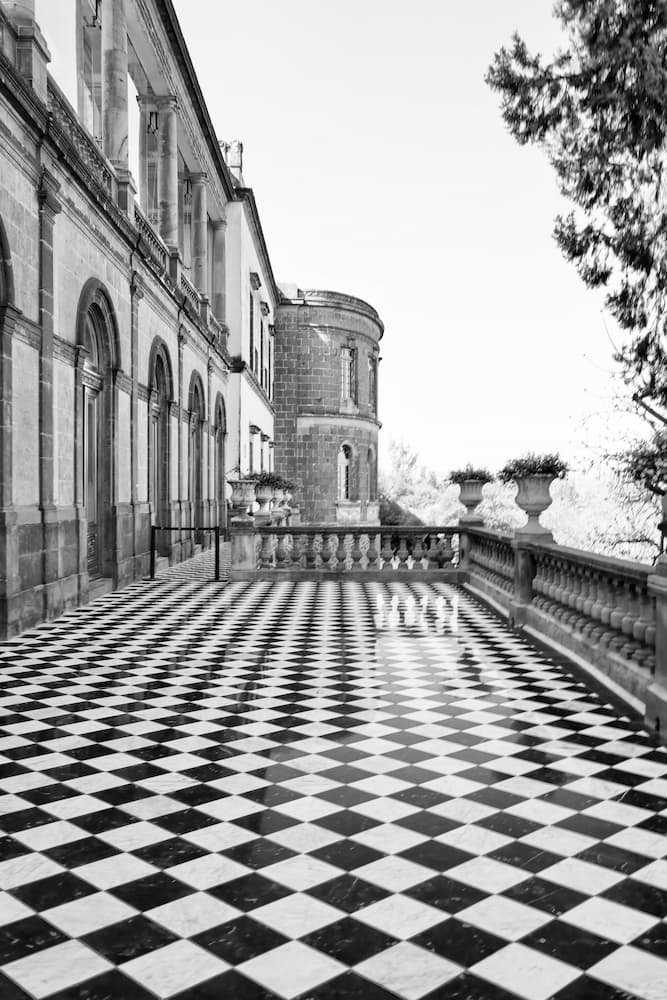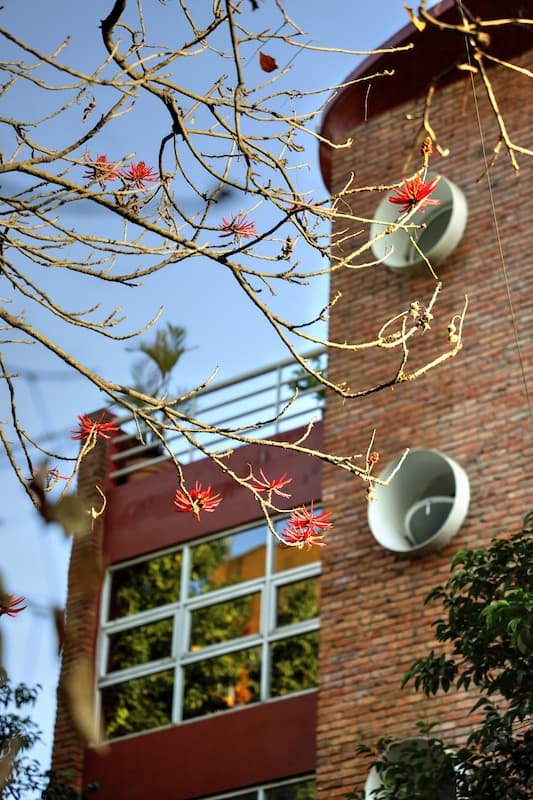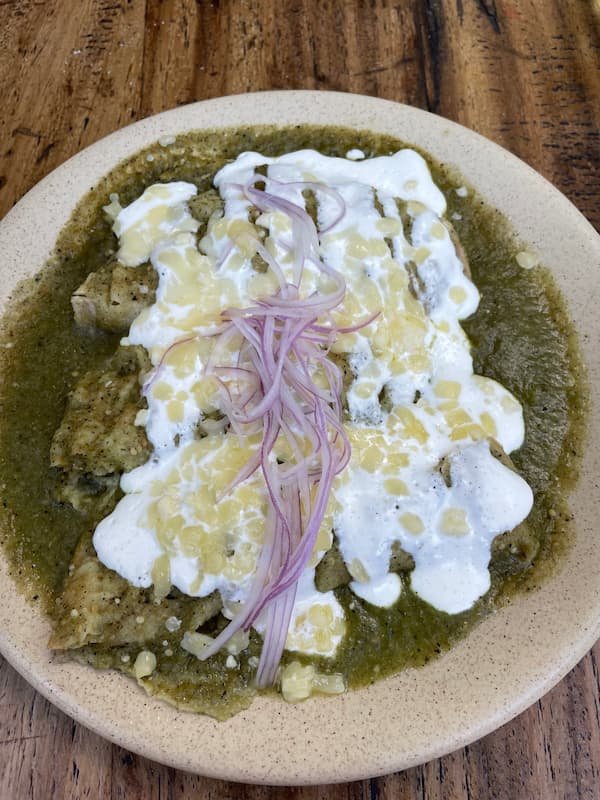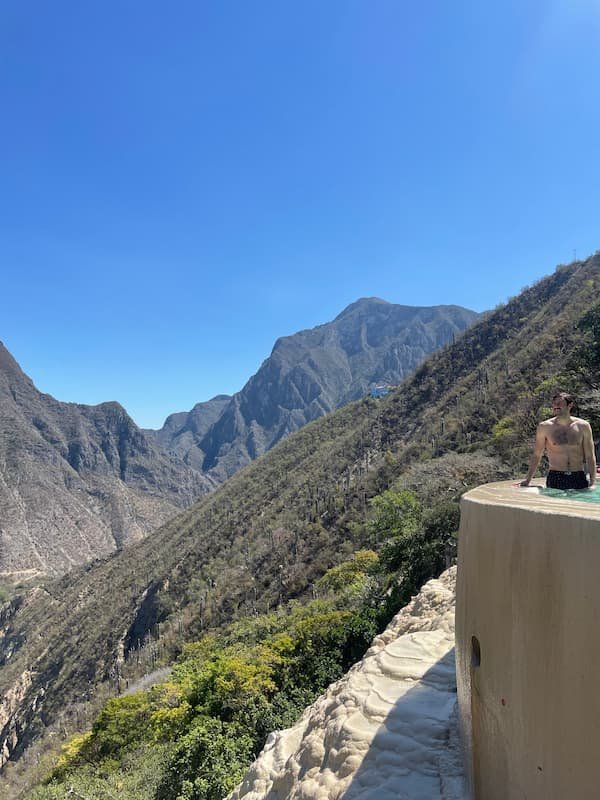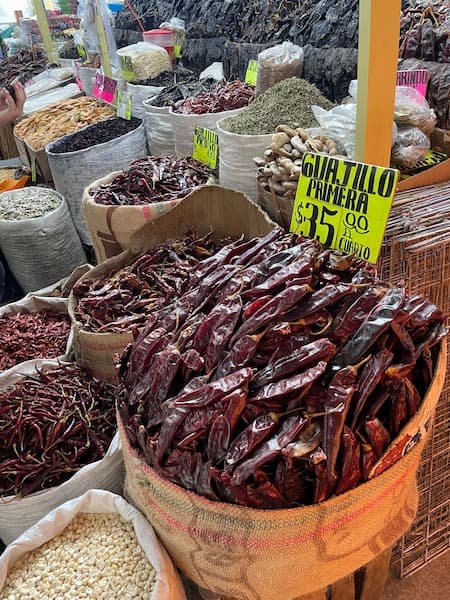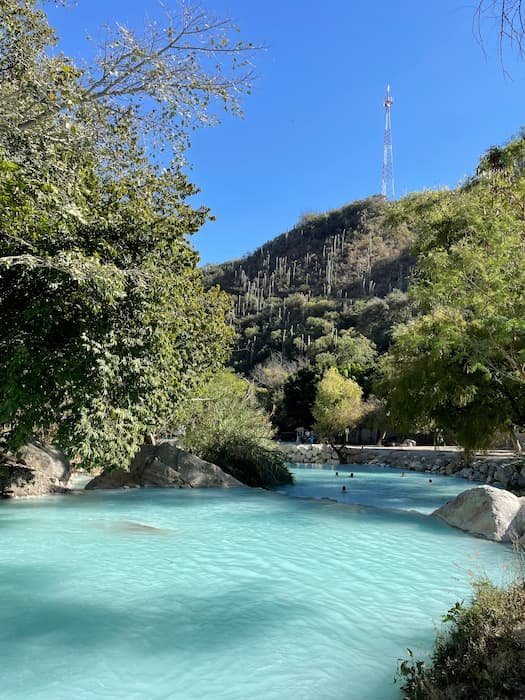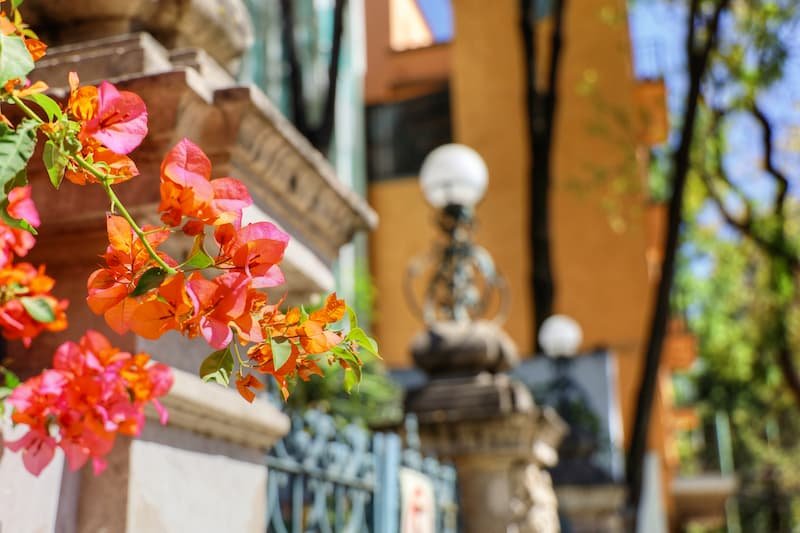Mexico City (CDMX) is a favorable travel destination that’s affordable, culturally rich and can be visited at any time of the year. Are you looking to plan a trip to CDMX? Here’s a curated list of some top attractions and ideas to help you plan an unforgettable journey through the heart of Mexico's cultural, historical, and culinary wonders.
Day 1: Arrive in CDMX and Explore the Historic Center
Day 2: Explore Coyoacán + Roma Norte
Day 3: Grutas Tolantongo, Hildalgo
Day 4: Market Tour, Museum Day
Honorable Mentions
I was able to experience some of CDMX’s top attractions in the early 00s, so I did not re-visit the second time I visited CDMX. There are even all-day tours and excursions if you want to knock out all three in one day (just add an extra day to your itinerary or swap with something else on this list).
Frida Kahlo Museum + House - Step into the vibrant world of the iconic artist Frida Kahlo by visiting her former home, now transformed into a museum. This enchanting space offers a glimpse into her life, art, and the rich culture that inspired her.
Teotihuacán Pyramids - Venture northeast of Mexico City to uncover the awe-inspiring Aztec ruins of the Teotihuacán Pyramids. These ancient structures stand as a testament to the ingenuity of a bygone civilization and offer breathtaking views from their summits.
Xochimilco - Navigate gondolas through the enchanting floating gardens and canals crafted by the Aztecs.
Lodging
A few safe and pedestrian-friendly neighborhoods in Mexico City include Coyoacán, Polanco, Condesa, and Roma Norte. I opted for an Airbnb in the heart of Roma Norte, just a stone's throw away from Condesa and a 10-minute rideshare from the historic charm of Centro Histórico.
Transportation
Rideshares: Uber, Didi
Mexico City has a notorious reputation for traffic congestion, so plan your trips around rush hour. It's advisable to rely on ride-sharing services like Uber or Didi. Taxis, while an option, are not as secure and also pricier. Fortunately, Ubers in the city are budget-friendly. For example, a ride from the airport to the heart of CDMX can cost as little as $5-10.
Tour bus
For a unique and scenic way to explore the city's main attractions in different neighborhoods, consider hopping on the Turibus. This double-decker bus provides a delightful vantage point for taking photos and discovering the urban landscape.
Day 1: Arrive in CDMX and Explore the Historic Center
The Zocalo in Centro Histórico is the largest plaza in Latin America
Centro Histórico (Historic Center) is located in downtown Mexico City and features an array of cultural, art and historical attractions. Here are a few recommendations for visiting, all within walking distance of each other.
Palacio de Bellas Artes
The Palacio de Bellas Artes (Palace of Fine Arts) is architectural eye candy featuring Art Nouveau on the outside and Art Deco on the inside. The top floor of the white-marble palace features murals by world-famous Mexican artists and the building also contains a concert hall and arts center.
Tip: To capture an Instagram-worthy shot of the palace, visit the Café Finca Don Porfirio on the top floor of the Sears building.
Gran Hotel Ciudad de México
The Gran Hotel Ciudad de México (Gran Hotel) is an architectural splendor housed in a magnificent French-style building with an ornate stained-glass ceiling in its central atrium. This stained-glass ceiling is one of the hotel's most iconic features and is often compared to the one in the Galeries Lafayette in Paris.
Tip: Visit the rooftop bar and restaurant for 360 views of the Zocalo Plaza.
Azul Histórico Restaurant
This might be another ‘touristy’ destination, but I thoroughly enjoyed having dinner at the Azul Histórico. Everything, from the Ceviche to the Guacamole to the Mezcal tasting to my favorite—hibiscus Enchiladas—was an absolute delight.
The restaurant’s ambiance is charmed by its interior design, which evokes a sense of colonial Mexico, featuring exposed brick walls, wooden beams, and antique furnishings.
Other Historic Center Attractions
Other places to check out in the historic center include, but are not limited to:
Palacio Postal
Hotel Zocalo Central rooftop bar (Balcón del Zócalo)
Torre Latino
Museo Nacional de Artes
Convento Grande de San Francisco
Day 2: Explore Coyoacán + Roma Norte
Nestled in the southern part of Mexico City, Coyoacán is a culturally vibrant neighborhood. To make the journey even more exciting, jump aboard a Turibus, allowing you to witness various facets of the sprawling city. The Turibus tickets are approximately $12 per person and grant you all-day access. While in Coyoacán you can also visit the Frida Kahlo museum by booking your tickets in advance, as they book quick.
En Route to Coyoacán
Sights from Coyoacán
Back to Roma Norte for dinner
While I couldn’t check off my entire wishlist for Roma Norta, I added my notes below in the accordion.
-
Supra roma rooftop
La Clandestina - mezcal bar
Bósforo - mezcal tasting
Casa Franca (Roma Norte)
Balmoori
El Parnita
Churrería El Moro (churros)
Gran Cibeles Café (coffee)
Panaderia Rosetta
Kulto
La Casa de Tono
Tacos el Califa
La Pitahaya Vegana
Tres Galeones (tacos)
Day 3: Grutas Tolantongo, Hildalgo
Located about four hours north of CDMX in the Mexican state of Hidalgo, Grutas Tolantongo (Caves of Tolantongo) is renowned for its unique and breathtaking geological features, including thermal river canyons, hot springs, caves and vibrant turquoise-blue water formations.
While I initially embarked on this adventure on Day 2 of the trip, I recommend saving it for Day 3 or 4. The journey to Grutas Tolantongo entails a roughly four-hour van ride each way, so allowing for a day of rest and leisure in between is advisable. I booked the excursion through Airbnb (Exploring the Waters of Tolantongo) and it was worth every penny.
On a tranquil Monday, you can enjoy the park without the usual crowds (although I can imagine it getting quite busy during the summer and on weekends).
The park has three main areas, each offering unique charm and allure.
"Pocitos" in Grutas Tolantongo
Hot Springs
The "Pocitos" in Grutas Tolantongo refer to a specific area within the Grutas Tolantongo complex. They are a series of smaller, more intimate pools. Each Pocito is unique in size and shape, offering visitors various options for soaking and stunning views of the Sierra Madre Oriental mountain range.
Caves
My favorite of the bunch, the caves at Grutas Tolantongo, known as "Grutas" in Spanish, offer visitors the opportunity to explore a subterranean world of impressive geological formations, awe-inspiring waterfalls and warm, mineral-rich thermal waters.
River
The last part of the excursion was grabbing lunch by the geothermal river. The water here is Gatorade frost blue. Surrounded by towering cliffs, lush vegetation and the striking geological formations of the canyon, the river's crystal-clear waters contrast beautifully with the rocky terrain.
Day 4: Market Tour + Museum Day
Market Tour
Kickstart your final day in Mexico City by immersing yourself in its vibrant markets. I booked this guided market tour of three exotic markets, which delved into the local cuisine while gaining insights into Mexican traditions and history.
The first market stop was at La Merced, the city's largest traditional food market, boasting a rich selection of Mexican and international delicacies. The market offered everything from chiles to cheeses, meats, tortillas, and a bustling street food scene offering delectable choices like tacos, tamales, and quesadillas.
The second market we visited was Mercado Sonora (La Merced Sonora Market). This market is associated with both 'dark' and 'light' magic, but I did not care for it. The presence of animal cruelty practices, including animal sacrifices conducted for certain religious cults, gave me pause. Before entering this market section, we received a warning about the conditions, and I chose not to witness the animals in cages.
Our last market stop took us to the renowned San Juan Market (Mercado de San Juan). This particular market is celebrated for its gourmet and exotic food offerings. And when I say 'exotic,' I mean they genuinely push the boundaries with items like lion burgers, scorpions on a stick, kangaroo kebobs and even tiger steaks.
I found it challenging to reconcile with the idea of farming and consuming wild cats and other exotic animals. However, if you're adventurous and interested in trying something truly out of the ordinary, you'll also find a variety of insect-based delicacies to satisfy your curiosity.
Another gem is a mere stroll from San Juan Market: Mercado de Artesanías La Ciudadela (La Ciudadela). A shopper's paradise, this is where you'll discover a kaleidoscope of Mexican textiles, intricate handcrafts, and captivating folk art—indeed a treasure trove of artisanal delights. As a personal favorite, I always relish the opportunity to shop for exquisitely embroidered pillowcases in Mexico.
Museums
In Mexico City, the wealth of cultural treasures awaits exploration through its many museums, such as Chapultepec Castle, Museo Soumaya and Museo de Arte Moderno — to name a couple. To add to the list, the Museo Nacional de Antropología (National Museum of Anthropology) is one of the most essential and comprehensive museums in the world dedicated to studying and exhibiting the cultural heritage and history of Mexico's indigenous peoples.
The Museo Nacional de Antropología building itself is a masterpiece of modern architecture.
A true gem awaits in the Aztec Hall within the museum's hallowed halls. Here, you'll encounter the awe-inspiring Aztec Sun Stone, also known as the Stone of the Fifth Sun. This colossal, intricately carved stone disk was once integral to the Templo Mayor, the majestic central temple of the Aztec capital, Tenochtitlan.
Just a stroll from the Museo Nacional de Antropología lies Chapultepec Castle (Castillo de Chapultepec), perched atop Chapultepec Hill. This iconic castle has a rich and intricate history spanning several centuries, making it a must-visit for history enthusiasts and culture aficionados.
The story of this impressive hilltop fortress begins with the Spanish conquest of the Aztec Empire in the early 16th century when the area was developed into a country estate. The first structure to grace this hill was a hermitage, erected in the late 16th century, marking the initial chapter in the castle's storied existence.
Final Thoughts
The first time I visited Mexico City in 2003, I was 15 and living with a host family in Cuernavaca to study Spanish. During the trip, I ended up getting attacked by a mugger. It was a traumatizing experience and I said I’d never go back to Mexico City. But with time, I grew an open mind, and being in an area like Roma Norte made me feel safe.
The fear I had of visiting Mexico City was based on one experience. I tend to keep my wits about me now, making sure nobody is following me, not being a target for those on the metro to pickpockets, etc. Living in NYC now, something like getting mugged is not uncommon but can be prevented.
Speaking of NYC, I miss Mexican food! Now, this vacation sounds even more desirable — as I’m writing this, it’s 17 degrees F (-8 C) in New York. So, if you plan an affordable and culturally rich vacation with some of the best food, I highly recommend CDMX.



